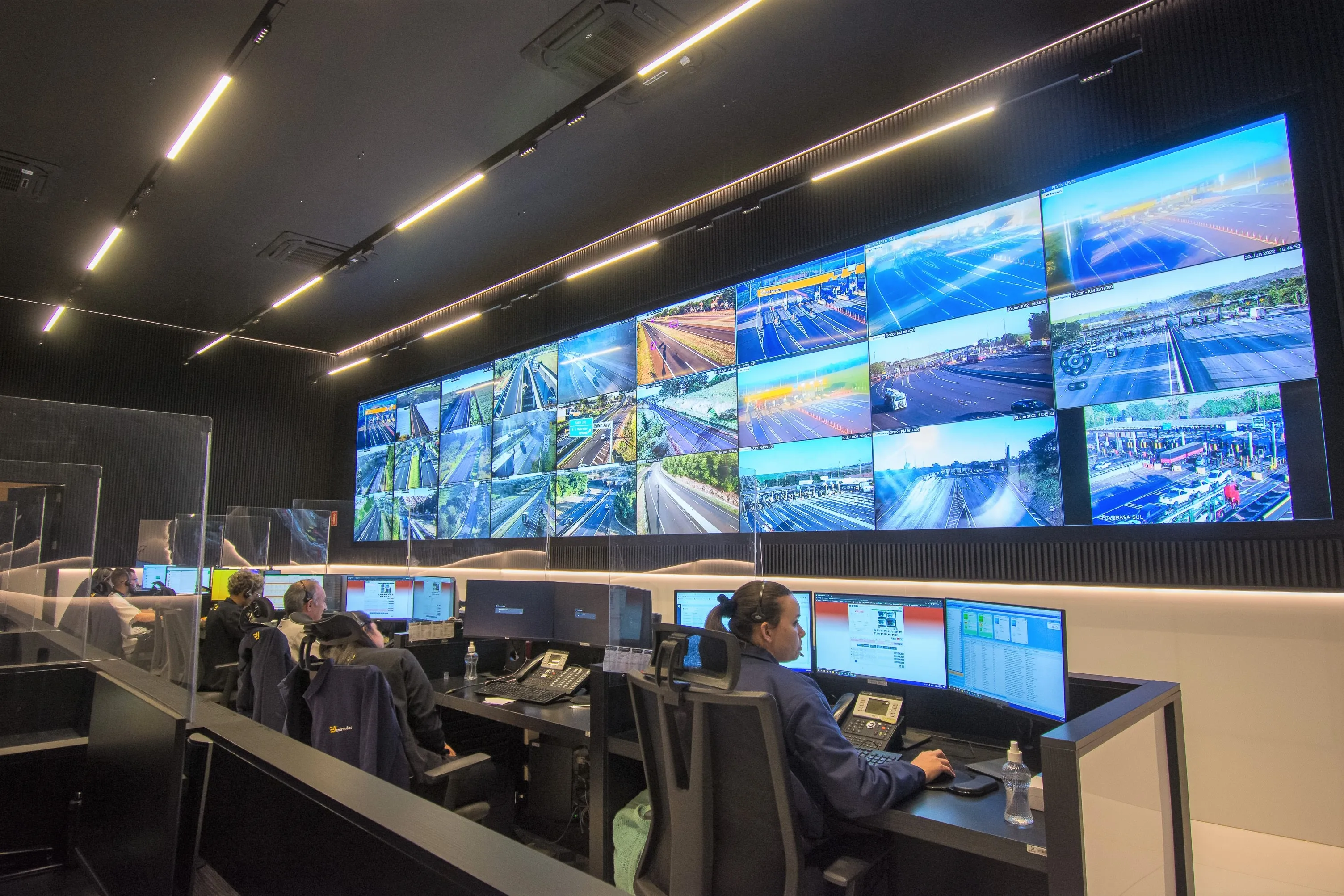According to a new market research report ‘Automated Passenger Counter and Passenger Information System Market by Application (Railway, Roadway, Airway, and Waterway), by System (Hardware, Software and Services), by Component and Device; and by Geography - Global Analysis and Forecast to 2020, the automatic passenger counting market is expected to reach US$194.17 million by 2020, growing at a CAGR of 22.2 per cent from 2014 to 2020; whereas, the passenger information system market (PIS) is anticipated to re
April 2, 2015
Read time: 2 mins
According to a new market research report ‘Automated Passenger Counter and Passenger Information System Market by Application (Railway, Roadway, Airway, and Waterway), by System (Hardware, Software and Services), by Component and Device; and by Geography - Global Analysis and Forecast to 2020, the automatic passenger counting market is expected to reach US$194.17 million by 2020, growing at a CAGR of 22.2 per cent from 2014 to 2020; whereas, the passenger information system market (PIS) is anticipated to reach US$23.1 billion by 2020.
With the advances in technology, urbanisation and developing economies, the decreasing operational costs, provide ample of opportunities for the PIS market. On the other hand, the government regulations of the ridership data, increased demand for fleet optimisation, and increased demand for smart telematics solutions are propelling the growth of the APC market.
The overall automatic passenger counting and information system market is segmented into various segments, namely applications, systems, devices and components, and geographies.
Geographically, the automatic passenger counting market is segmented into North America (the US, Canada, and Mexico), South America (Brazil, Argentina, and others), Europe (Germany, the U.K., France, Italy, and others), APAC (China, Japan, India, South Korea, and others), and the rest of the world (Africa and the Middle East). The American market accounts for a market share of ~55 per cent in 2013 and is estimated to grow at a CAGR of 22.0 per cent from 2014 to 2020. The APAC region is also expected to grow at a significant CAGR of 24.2 per cent from 2014 to 2020.
With the advances in technology, urbanisation and developing economies, the decreasing operational costs, provide ample of opportunities for the PIS market. On the other hand, the government regulations of the ridership data, increased demand for fleet optimisation, and increased demand for smart telematics solutions are propelling the growth of the APC market.
The overall automatic passenger counting and information system market is segmented into various segments, namely applications, systems, devices and components, and geographies.
Geographically, the automatic passenger counting market is segmented into North America (the US, Canada, and Mexico), South America (Brazil, Argentina, and others), Europe (Germany, the U.K., France, Italy, and others), APAC (China, Japan, India, South Korea, and others), and the rest of the world (Africa and the Middle East). The American market accounts for a market share of ~55 per cent in 2013 and is estimated to grow at a CAGR of 22.0 per cent from 2014 to 2020. The APAC region is also expected to grow at a significant CAGR of 24.2 per cent from 2014 to 2020.








